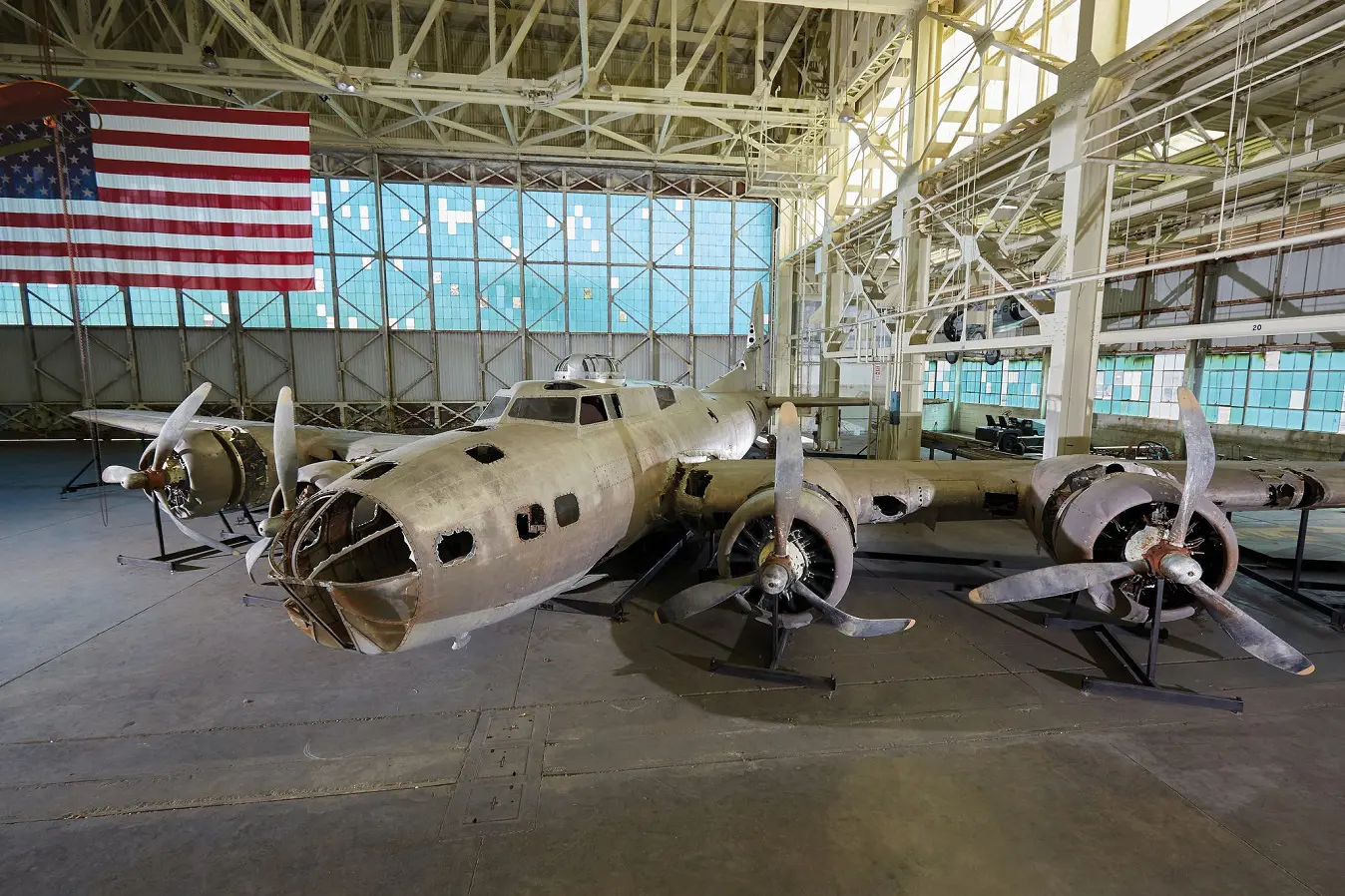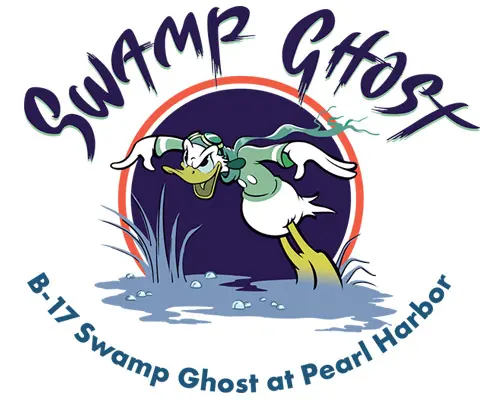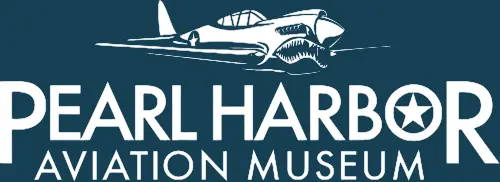Posted on August 06, 2013
By William Sage IV | [email protected] | Pearl Harbor Aviation Museum
An early Boeing B-17E aircraft like 41-2446. Note she does not have a tail number, which indicates she has not yet been delivered to the Army Air Forces.
United States Army Air Forces aircraft 41-2446 has made an immense journey. Seventy-two years and thousands of miles back and forth across the Pacific have finally brought her to her new and final home, Pearl Harbor Aviation Museum.
She started operational life as a Boeing B-17E heavy bomber, delivered to the USAAF on December 6, 1941, just one day before the Japanese attack on Pearl Harbor. She became one of the planes striking back at the Japanese in one of America’s first heavy-bomber combat missions of World War II.
When Army Air Forces Lt. John Haig accepted her in Seattle, she did not have a name. She rolled off Boeing’s assembly line as tail number 2257, an early edition of 512 E models delivered in defense of the nation.
Her design pedigree began in the early 1930s. World War I and the Great Depression fueled the rise of fascism in Italy, Nazism in Germany and militarism in Japan; these nations were rapidly modernizing their weapons and aircraft, threatening world conquest.
By 1931 Japan had already invaded China and planned to seize French, Dutch, British, and American colonial interests in Southeast Asia and the Pacific. This threat was not lost on the US; President Roosevelt ordered the modernization of our armed forces, and in 1934 the Air Corps asked for a new heavy bomber with unheard-of range, speed and payload requirements, specifically designed to cope with the vast distances of the Pacific. Martin, Douglas, and Boeing entered the competition.
Martin and Douglas went with twin-engine prototypes, but Boeing dared to dream large. Design project engineer team leaders E. Gifford Emery and Edward Curtis Wells came up with a four-engine prototype, Model 299. She was much larger, heavier and faster than her competition. When she rolled out for her first test flight on July 28, 1935, highly impressed Seattle Times reporter Dick Williams exclaimed, “Why, it’s a flying fortress!” Boeing liked the name, and it stuck.
On August 20,1935, the 299 left Seattle for Ohio’s Wright Field to compete against Martin and Douglas’ entries. She made it in record time, averaging 252 miles per hour, and the military made an initial order for 65 of the Boeing type, known by the Army Air Force designation B-17. By war’s end a grand total of 12,731 B-17 variants would serve, including more than 8,600 of the ultimate B-17G model, with a distinctive chin turret.
From 1935 to early 1941 Model 299’s progeny had evolved through many design-improving changes; 13 YB-17’s, one YB-17A, 39 B models, 38 C models and 42 D models. By September 1941 when the first B-17E models rolled off the line, the bomber nearly everyone recognizes as the B-17 became operational. The blister turrets and small tailplane were replaced by a wider aft fuselage, stretched ten feet to accommodate tail, waist, and ball turret gunner positions. A distinctive larger fin, rudder and tailplane were added for additional high-altitude stability.
Lt. John Haig ferried 41-2446 to the mobilization base at Fort Douglas Field in Salt Lake City, and from there flew to Sacramento Air Depot, where she was equipped with armament. There, 41-2446 was also assigned a permanent flight crew: Pilot Captain Frederick C. “Fred” Eaton, Co-Pilot Captain Henry M. “Hotfoot” Harlow, Navigator 1st Lieutenant George B. Munroe, Jr., Bombardier Sergeant J.J. Trelia, Flight Engineer Technical Sergeant Clarence A. LeMieux, Radio Operator/Gunner Sergeant Howard A. Sorensen, Waist Gunner Sergeant William E. Schwartz, Waist Gunner Technical Sergeant Russell Crawford, and Tail Gunner Staff Sergeant John V. Hall. The only crew change would be Sergeant Richard Oliver, who replaced Bombardier Trelia after he became ill.
Pearl Harbor Attack
On December 17, 1941, ten days after the Pearl Harbor attack, and 38 years to the day after the Wright Brothers’ first flight of 120 feet at Kitty Hawk, 41-2446 departed California for Hickam Field. From there, the crew was based at Wheeler Field in Wahiawa and flew patrol missions for the Navy around the Territory until early February 1942.
On January 23, 1942 Japanese troops invaded Rabaul on New Britain, and established a base that threatened the rest of New Guinea and Australia. It was a busy, bloody conflict little known today. The Japanese Empire was as yet undefeated, Americans defending Bataan would surrender to General Yamashita in two months, General Doolittle’s morale-boosting raid on Tokyo would not happen until April, the Battle of the Coral Sea until May, and Midway until June. The United States was focused on Europe; Americans in the Pacific Theatre had to make do with what little was available. 41-2446 was one of the few B-17E’s on hand in the Pacific to fight back.
She and the others were ordered to Garbutt Field, Townsville, in Queensland, Australia.
Carrying no bomb load or ammunition, the B-17E’s extended ferry range with maximum fuel is 3,200 miles. Honolulu to Townsville is 4,600 miles. The Japanese now controlled Wake Island and Guam, normal pre-war refueling stops. 41-2446 and her flight had to make an alternate island-hopping route from Honolulu to Australia via Christmas Island, Canton Island, then Nadi, Fiji.
There they waited to determine if it was safe to land anywhere in French Colonial New Caledonia, because the Vichy Government had signed an armistice with Nazi Germany. A small Allied commando unit landed and discovered that French colonials at Plaine Des Gaiacs Airfield were friendly to the US, and 41-2446’s flight was given the okay to land and refuel there. Nine days and nearly 5,700 island-hopping detour miles after leaving Hawaii, 41-2446 arrived at Garbutt Field, Townsville, Australia. Two nights later, she would make her last flight.
The raid targeted Japanese shipping in Rabaul’s Simpson Harbor, 1,100 miles from Garbutt Field. The 2,200-mile round trip would have been at the extreme combat range of the B-17E, because of the added weight in bombs and ammunition. Bomber Command therefore ordered the flight to land and refuel at Port Moresby, instead of risking a direct return to Garbutt. Port Moresby was another 500 miles beyond the target, and well within safe range for the bombers. Once refueled, they could easily make the 675 mile Port Moresby-to-Garbutt return leg.
Late Sunday night, February 22, 1942, nine B-17Es of the 19th Bombing Group were scheduled to take off for Rabaul. The flight was calculated to be over target at dawn Monday morning. As it turned out, however, four of the nine had to abort because of mechanical problems. Weather produced yet another gremlin and the remaining five got separated enroute. B-17E 41-2446 was in visual contact with just one other bomber on the target run.
Could anything else go wrong? Well, yes it could — 41-2446’s bomb bay malfunctioned, and she had to go around for a second pass. This time, Bombardier Oliver managed a clean drop over target, sighting on a 10,000-ton Japanese freighter. Whether he hit it or not is not known because clouds obscured his vision and Japanese AA fire was getting intense. The bad news was that a flak round punched a hole clean through the starboard wing; the good news was that the round did not detonate. Had that occurred, 41-2446 would probably have been blown out of the sky right then and there.
At this point, the crew of 41-2446 was in a very serious fight for survival. Approximately 24,000 feet over Rabaul nearly a dozen A5M Claudes and A6M2 Zeros were making their attack passes on the B-17E. Tail Gunner Hall claimed one shot down after emptying about 400 rounds at his attacker, and Waist Gunner Crawford claimed two more. Miraculously, none of the crew had been wounded, and now 41-2446 headed for Port Moresby with all deliberate speed, perhaps leaking fuel from holes punched through her starboard wing. She would never get there.

The red dot is where Captain Eaton set 41-2446 down in a wheels-up landing. What he thought was a wheat field was actually the middle of Agaiambo Swamp.
Captain Eaton steered 41-2446 southwest on heading 225 for Port Moresby, but several hours later, fuel gauges told him he couldn’t make it. With New Guinea’s looming Owen Stanley mountains dead ahead, and more than a hundred miles to go, he was approaching the coastal flatlands of Oro Province, and decided to make an emergency landing. He turned to a more southerly heading, and lined up for a wheels-up approach on what he thought was a large wheat field. It seemed smooth at first, but then came the distinctive thrap-rap-rapping noise of props bending back on impact. Then, chopped-up grass and foaming spray flying everywhere as 41-2446 sloshed and slewed to a halt on a final heading of 183 degrees. Captain Eaton had set her down safely in the middle of New Guinea’s chest-deep Agaiambo Swamp. The wheat turned out to be Imperata cylindrica; eight to ten foot tall swamp grass with silica crystals embedded in the leaves. The natives called it Kunai, the English speakers called it blade grass, because the leaves could slice you up like knife blades.
Luckily, 41-2446’s crew was unscathed, save for minor cuts and bruises. The most important piece of equipment on the flight was top-secret Norden bombsight, and flight crews were under strict orders not to let this asset fall into enemy hands. So Bombardier Dick Oliver removed the Norden, shot it up with his 1911 Colt .45 sidearm, and tossed it in the swamp.
Several days later, the exhausted, hungry and mosquito bitten crew encountered a friendly Papuan who led them to his village. There they were fed and rested, and eventually picked up by Australian Resident Magistrate Alan Champion, who brought them safely into Port Moresby on April 1st, 36 days after they had started out! By this time, all crewmen had come down with malaria.
They were transported back to Australia for hospital treatment, and three months after the raid, were all declared fit for combat duty and returned to active status. 41-2446, meanwhile, would remain behind in Agaiambo Swamp. She was forgotten, and would not be rediscovered until 1972 when she was spotted by Australian Soldiers on a training exercise aboard an RAAF helicopter. The Aussies nicknamed her the “Swamp Ghost”, and so she’s been called ever since. It is not her historical name, but it is the name history has given her.
Journey to Pearl Harbor Aviation Museum
Her journey to Pearl Harbor Aviation Museum has been an arduous one. We are deeply grateful for the many years of hard work by Robert Greinert, by Fred Hagen of Aero Archaeology, the late David Tallichet, Founder of the Military Aircraft Restoration Corporation [MARC] and his son John Tallichet, and the Swamp Ghost Salvage Team. Their tireless gifts of time, treasure, and back-breaking effort in April and May of 2006 resurrected Swamp Ghost from Agaiambo’s grip, and began her long trip home.
Robert Greinert, Australian co-founder of Historic Aircraft Restoration Society was instrumental in getting the Papua New Guinea War Museum to issue a salvage permit to start the process. Once the Swamp Ghost Salvage Team arrived on site, they dismantled 41-2446 into wing, tail, engine and fuselage subassemblies. Ironically, the sections were airlifted out by a former cold war enemy aircraft, a 1960s vintage Soviet built Mikoyan Mi-8 helicopter! Code named “Hip” by NATO, the venerable chopper brought 41-2446’s parts to the coast of Oro Province, where they were loaded on a barge and towed to Bismarck Shipping in Lae.
At this point a new snag arose: PNG newspaper accounts of the salvage raised a public outcry, and the PNG Public Accounts committee declared the salvage to be illegal. They had Swamp Ghost impounded at Bismarck Shipping from the end of May, 2006 until January of 2010.
Offers, counter offers, and legal wrangling finally ended when the Papua New Guinea National Executive Council apparently accepted an offer of about $115,000 US dollars although details were never made public. Regardless, Swamp Ghost was loaded aboard the Tasman Pathfinder and shipped to Auckland, New Zealand on January 27, 2010. From there, she was shipped to Long Beach, California and arrived in May, four years after being freed from Agaiambo Swamp.
On June 11, 2010, Swamp Ghost’s fuselage was unveiled at the Reef Restaurant in Long Beach. The late David Tallichet was the restaurant’s founder; it was his success in the business which enabled him to pursue his passion of rescuing lost warbirds. His son David, along with Fred Hagen and three of the Swamp Ghost crew’s grown children attended the ceremony.
Swamp Ghost was not reassembled, and her fuselage was displayed temporarily at Chino California’s Planes of Fame Museum from December 2010 until January 2013.

Pearl Harbor Aviation Museum entered negotiations to acquire Swamp Ghost,and on April 2nd, 2013, she arrived in Honolulu Harbor thanks to Matson Navigation, not far from where she landed 72 years before at Hickam Field. On April 10th, she arrived at Pacific Aviation Museum, where she will be restored and ultimately displayed in Hangar 79.
Restoration appraisers believe it will take at least five million dollars to bring her back to the way she looked before she took off for the last time. Once that is accomplished, she will be rolled inside Hangar 79 for permanent display.
If you wish to make a contribution to Swamp Ghost’s preservation, we invite you to donate or consider purchasing a brick to pave the walkway around the exhibit. The bricks are still in the design phase. Your brick will be inscribed with your name or the name of someone you wish to commemorate, and are available for donations of $200, $500, $1,000, and $5,000.
Swamp Ghost at Pearl Harbor Aviation Museum
Whether you chose to call her Swamp Ghost or 41-2446, please help us preserve and restore her as a magnificent tribute to the men and women of our Armed Forces. We are honored to welcome her home at Pearl Harbor Aviation Museum.

